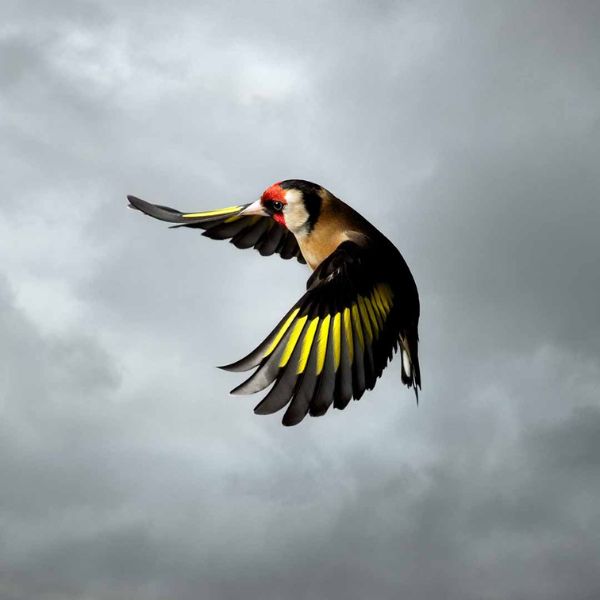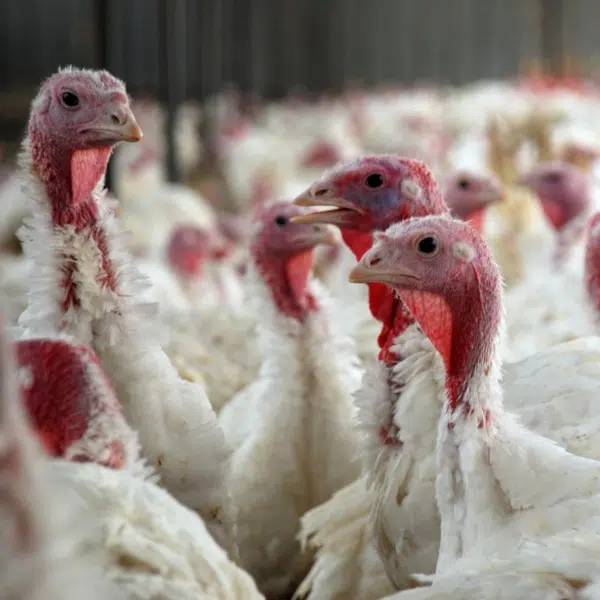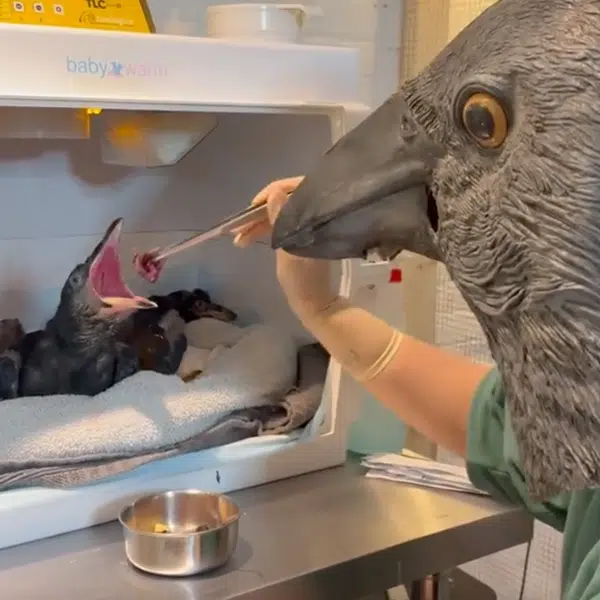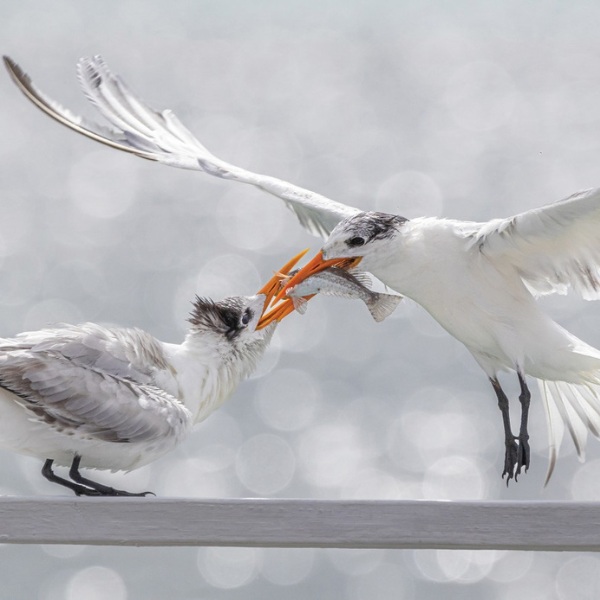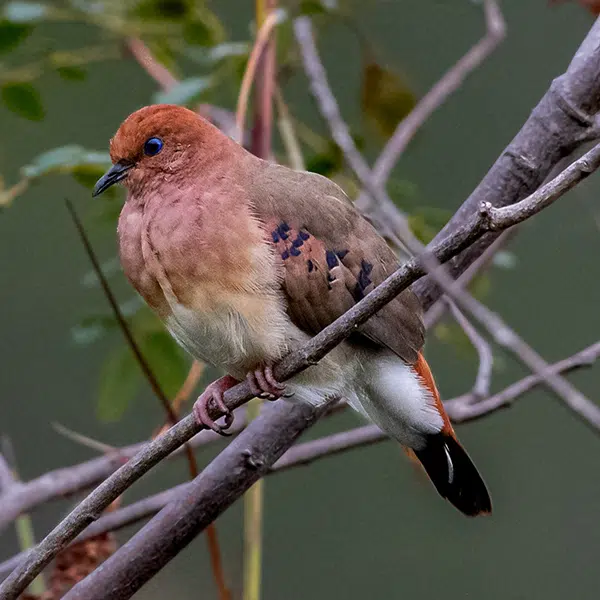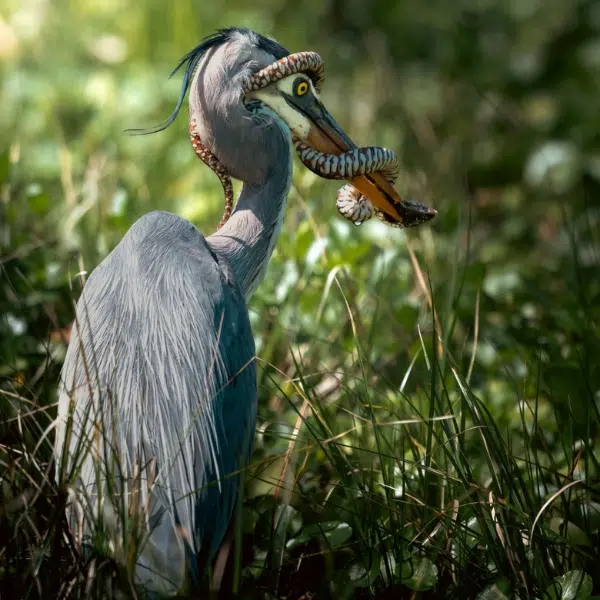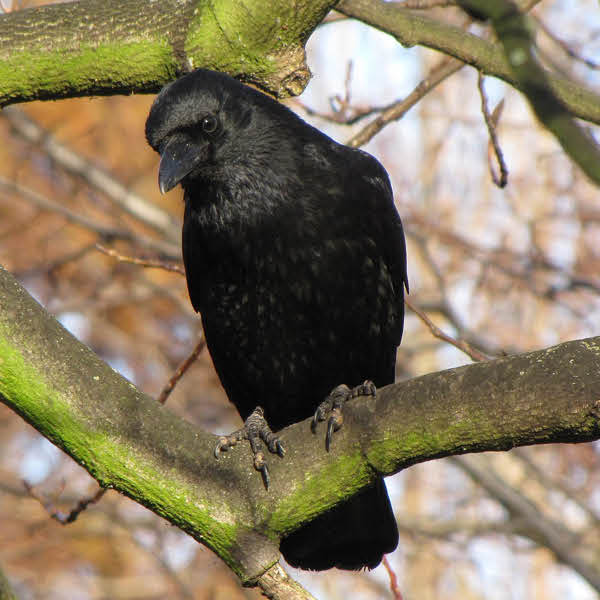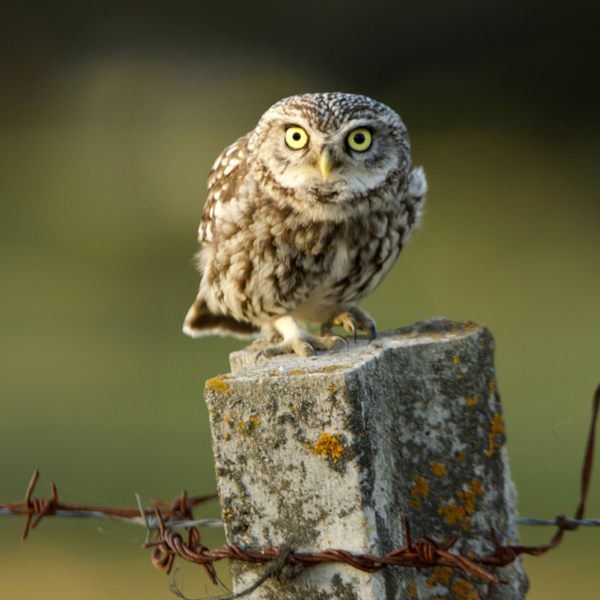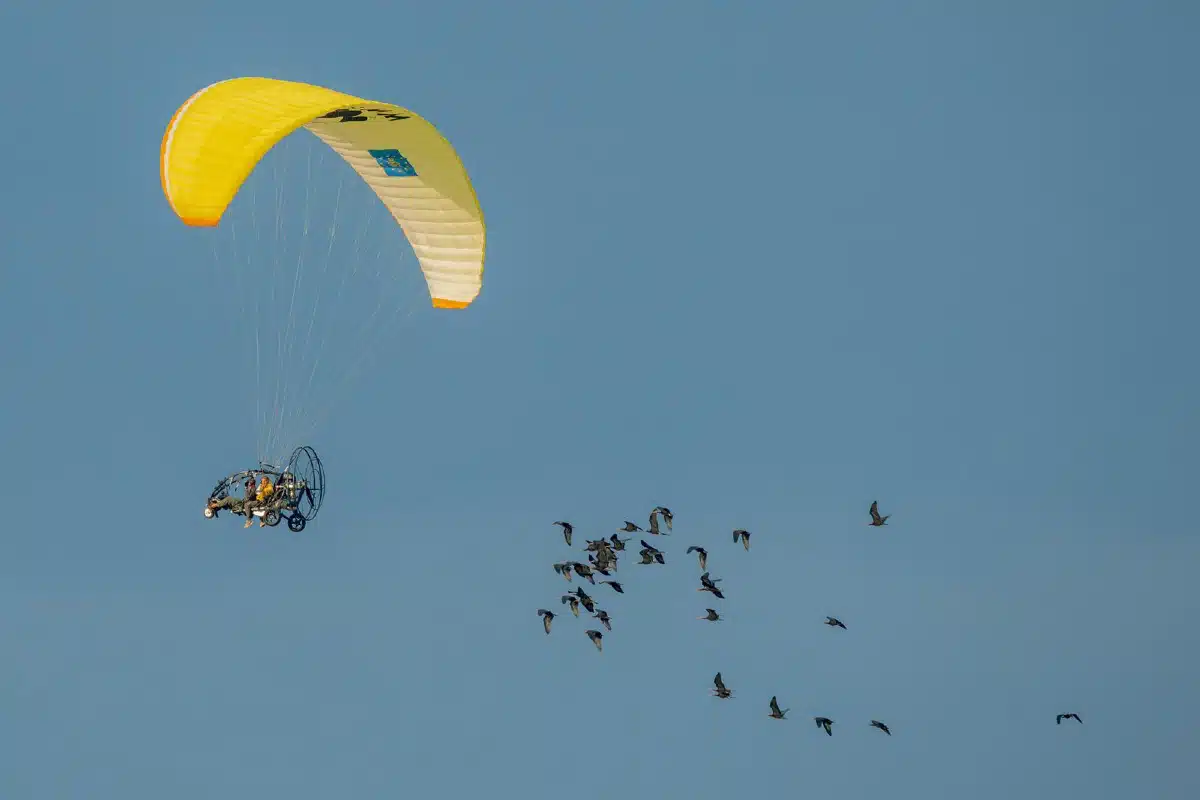
Waldrapp and ibis on migration. (Photo: Waldrappteam, Johannes Fritz)
Flying in an ultralight aircraft, scientists in Austria are taking to the skies to help nearly-extinct birds learn to migrate. In August 2024, the conservationists of the Waldrappteam began to guide 36 human-raised northern bald ibises (or Waldrapp) through the clouds from Austria to Spain. It’s the 17th time they have helped ibis migrate, and this journey of 1,740 miles will likely take up to 50 days. Among the flying researchers are the birds’ two foster parents, Helena Wehner and Barbara Steininger, who wave and call out to the ibises midair, urging them along.
“Flying with hand-raised birds is like being invited to another world, the bird world. Most fascinating is the social interaction between us foster moms and the birds up in the air, when we greet them, and they slightly turn their head and then greet back to us,” foster mom Helena Wehner tells My Modern Met.
This year’s brood includes the chicks Diva, Voldemort, Aragog, Grindelwald, Uno, Fluffy, and Genti, who was the first to fledge, or fly.
The striking northern bald ibis (Geronticus eremita), with its distinctive curved beak and red head, once lived in North Africa, across a good part of Europe, and in the Arabian Peninsula. But for the last few centuries, they’ve been practically extinct in central Europe, found only in zoos and a few colonies beyond the continent. Thanks to the earthly and sky-bound efforts of the Waldrappteam, the species’ designation has changed from critically endangered to endangered.
Breeding efforts in recent decades successfully increased northern bald ibis numbers in Central Europe to almost 300. However, without wild ancestors to teach them migratory routes, the birds failed to find suitable wintering grounds and died. Waldrappteam biologist Johannes Fritz decided to try guiding the migration, inspired by the work of “Father Goose” Bill Lishman, who taught Canada geese to migrate in the 1980s and inspired the film Fly Away Home.
“Flying with the birds requires permanent concentration to avoid losing birds but also to avoid dangerous collisions … The birds regularly form a formation to save energy, and we are often in the front … This is a really fantastic view,” Fritz tells My Modern Met.
Fritz often pilots the compact migrating aircraft, which holds a couple of team members at a time and relies on a small motor and a big yellow parachute. “Even after 20 years flying with the birds, it is still a touching, fascinating experience,” he says.
These ambitious missions are not without challenges, including unaccommodating weather, unexpected bird activity, and climate change. More than once, the Waldrappteam has had to find birds who’ve left the flock and drive them along segments of the route. And, this year is the second time the conservationists decided to alter the route due to changes in the birds’ migratory schedule and to avoid harsher weather periods in the cold Alps.
Many migratory species are experiencing shifts in range, new migratory and breeding schedules, and other challenges due to climate change. The good news is that climate adaptations and solutions, and innovative conservation undertakings like that of the Waldrappteam, can move the needle toward a more hopeful future for our feathered friends.
Waldrappteam hand-raises endangered northern bald ibis chicks and then teaches them to migrate.

Photo: Waldrappteam
Waldrappteam members Helena Wehner, Barbara Steininger, and Johannes Fritz are dedicated to guiding the endangered ibises through a successful migration.

Helena Wehner, Barbara Steininger, and Johannes Fritz (background) with ibis. (Photo: Waldrappteam, Helena Wehner)
On August 28, 2024, the bird-human team traveled about 64 miles over France.
View this post on Instagram
The ibis-human hybrid flock aim to fly 1,740 miles in 2024.
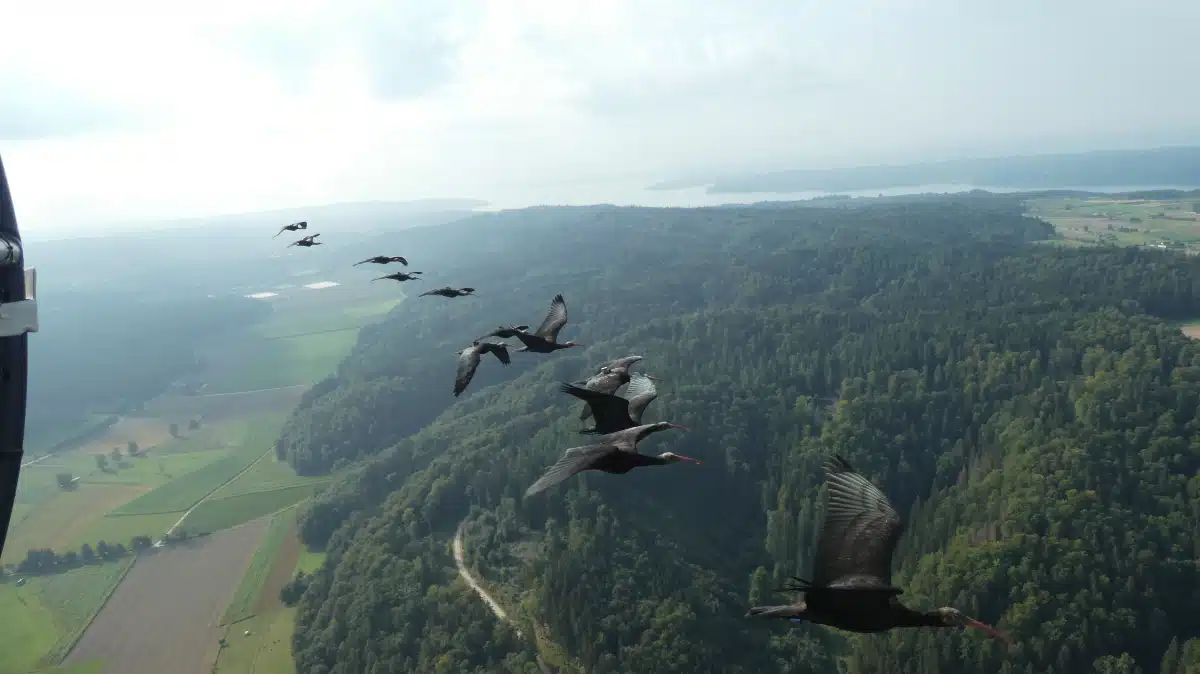
Ibis migrating. (Photo: Waldrappteam, Johannes Fritz)
Sometimes, the ibises fly very close to their foster family of scientists on the ultralight aircraft.
View this post on Instagram
Waldrappteam: Website | Instagram | Facebook
My Modern Met granted permission to feature photos by Waldrappteam.
Related Articles:
Biologist Teaches Endangered Birds New Migration Path To Save Them From Extinction
2024 Audubon Photography Awards Celebrates the Beauty of North American Birds
Rebellious Birds Are Now Stealing Anti-Bird Spikes and Making Nests With Them











































































